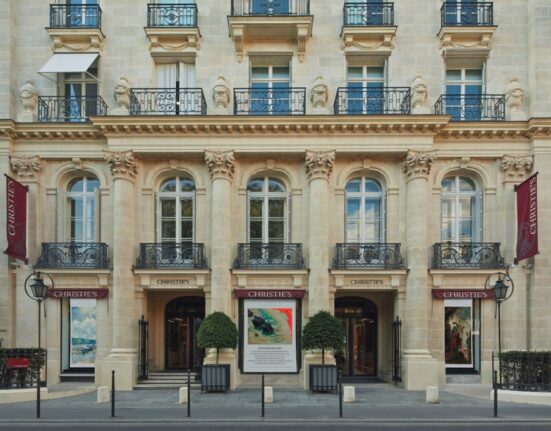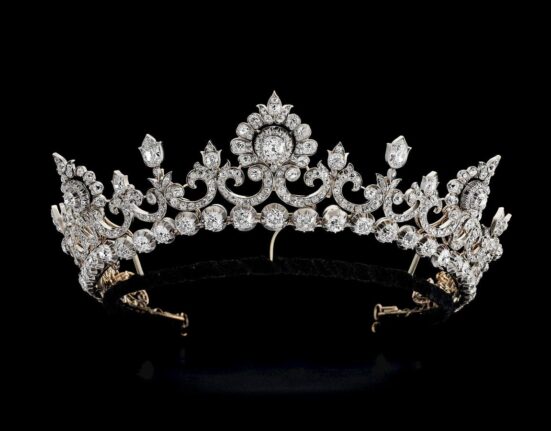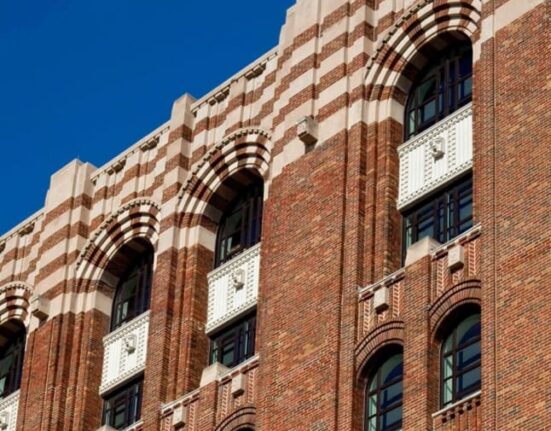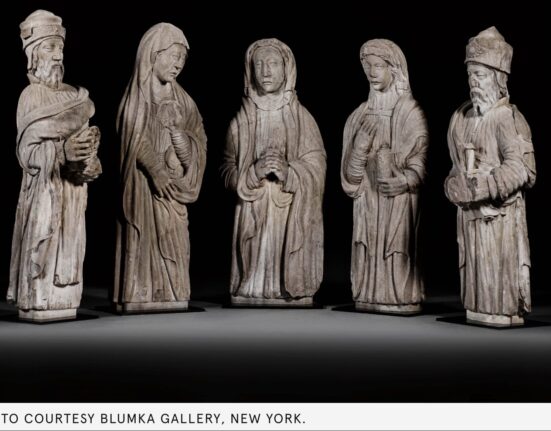Welcome to One Fine Show, where Observer highlights a recently opened exhibition at a museum outside of New York City—a place we know and love that already receives plenty of attention.
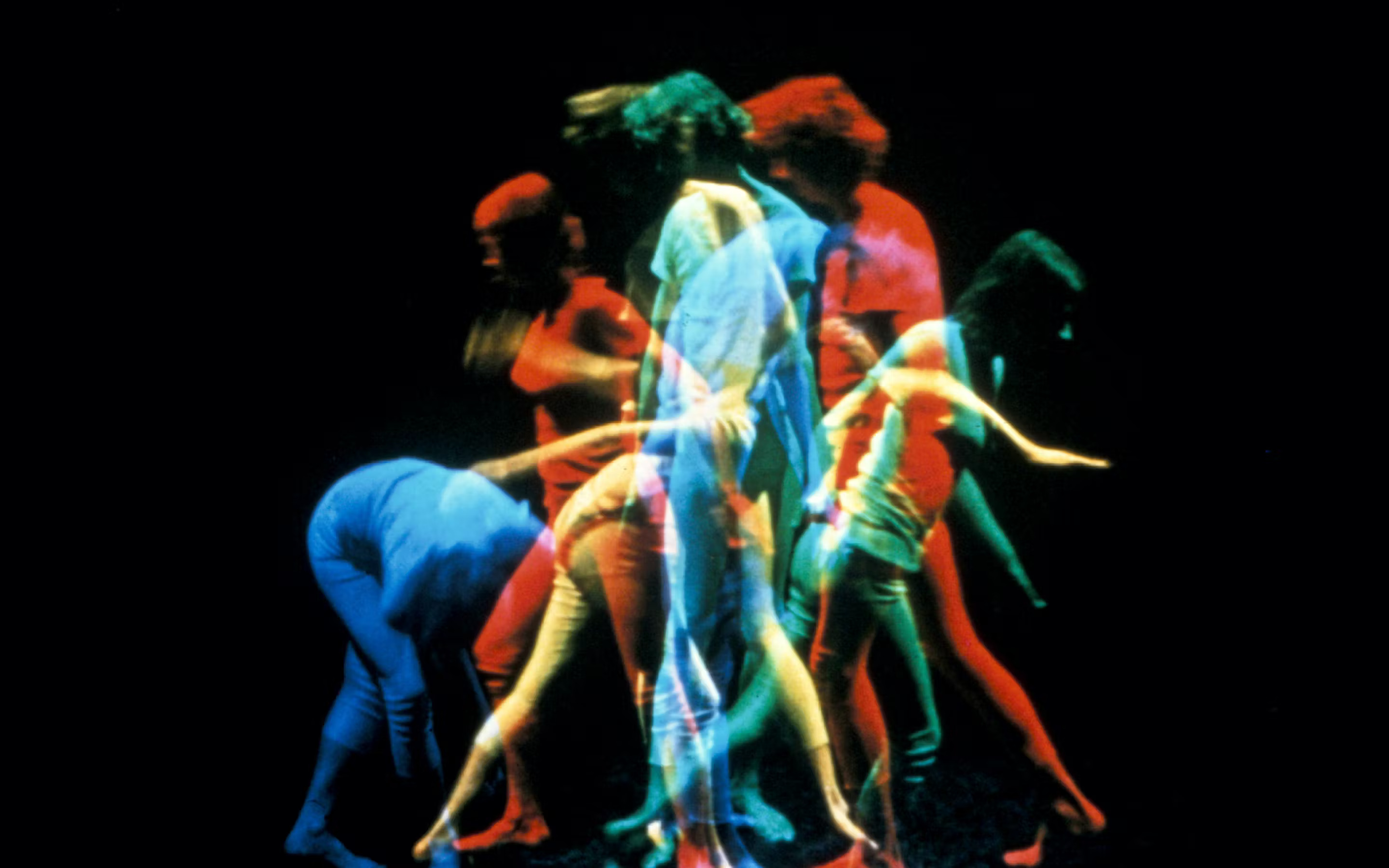

“The world promised by the leaders of the October Revolution was not merely supposed to be a more just one or one that would provide greater economic security,” begins Boris Groys in The Total Art of Stalinism, “but it was also and in perhaps ever greater measure meant to be beautiful.” Oops. Socialist realism was often beautiful but only in the way of a real-life landscape. It was monolithic, unsubtle and intimidating.
A newly opened show at the Walker Art Center in Minneapolis seeks to find the art historical nuances in the underside of the Soviet Union. “Multiple Realities” bills itself as the largest survey of Central-Eastern European art to be presented in the United States, featuring over 250 works by nearly 100 artists from East Germany, Poland, Czechoslovakia, Hungary, Romania and Yugoslavia. These works were created from the 1960s through the 1980s and seek to explore the unofficial narratives of those who made art at these times. Over one-third of the artists on display are being shown in North America for the first time.
The show is loosely organized around four themes, my favorite being the one about visions of a better tomorrow, as nothing beats Soviet-era aesthetics of the future. Constructed of hanging fabric and garish lights, Stano Filko’s Poetry on Space – Cosmos (1967-1970 (reconstructed 2008)) conjures a dance floor, a puzzle from a postmodern video game and the set of Andrei Tarkovsky’s Solaris. Inviting though it is, I wouldn’t necessarily want to step inside it. That’s the future for you.
On the subject of togetherness, there is Lutz Dammbeck’s installation Revisiting of Herakles (Heracles Concept) (1982/2023), which deconstructs the classically influenced sculpture of Arno Breker, a favorite of the Nazis, alongside the works of the Grimm Brothers and Heiner Müller, though there might be some Edvard Munch in there too, as it features a dancer returning to a pyramidal, translucent cocoon and screaming in isolation.
It’s equally hard to miss Gyula Konkoly’s Bleeding Monument (1969/2023), a dog-sized block of ice wrapped in gauze that uses a cocktail of chemicals to dye itself red as it melts, a commentary on the “thaw” followed by the Hungarian Revolution of 1956. But you don’t need to read the labels that closely to like the works in this show. Ion Grigorescu’s Electoral Meeting (1975) documents a staged election for union leaders, where said leaders were, in fact, members of the Romanian secret police. You don’t need to know much of the backstory to notice the way they handle walkie-talkies or the lack of enthusiasm in the voters.
Too often we think of conflicts like the Cold War in broad ways, in terms of nations and ideologies. This show has much to teach about the people in shadows of these, and will hopefully be seen by many as it travels to the Phoenix Art Museum and Vancouver Art Gallery.
“Multiple Realities” is on view at the Walker Art Center through March 10.



